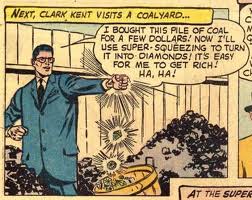Options

End of May, 2012, and I need almost no electricity to stay put (or stay sane). I can unplug my electric toilet seat heater, and except for the old fridge and the new Sony laptop, I guess I'm no real threat to the power grid. Japan does, however, still have major industries like steel and aluminum factories, and all kinds of high tech companies that are worried about competition from China and elsewhere. Seems to me that with the larger problem looming, such as what to do with spent nuclear fuel, what Japan needs to do is to figure out a way to get us out of this mess. Some 10,000 years later, people are still going to ask, "What the heck were these people thinking...?" In other words, how much steel and plastics and other high-energy-consuming products do we really need? I suppose that includes fertilizers and all kinds of stuff needed for "modern" farming like vinyl for the houses for winter tomatoes... Thus, it is good to read that the venerable gove...








